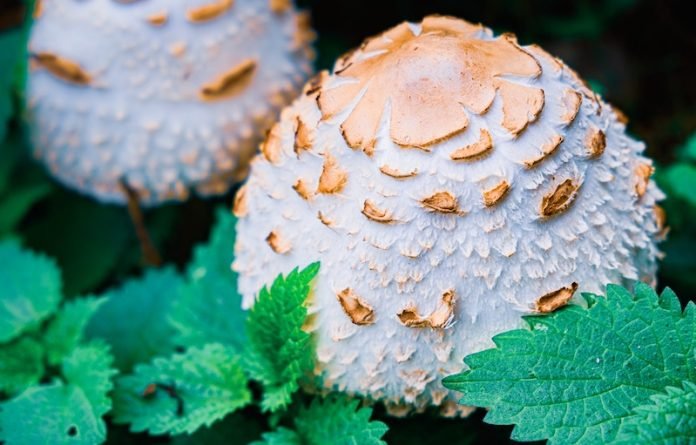
Wild mushrooms are springing up around Australia this autumn after wet weather, so the Food Safety Information Council is warning people to be extremely careful around wild mushrooms because of the deadly, deathcap mushroom poisoning risk.
Cathy Moir, food safety information council chair, said that foraging for wild food is becoming a popular activity but gathering wild mushrooms can be life-threatening.
“The poison in one deathcap mushroom, if eaten, is enough to kill a healthy adult. In April 2022 a young child was hospitalized in the ACT after consuming a deathcap mushroom.
While in 2012 two people died after eating the deadly mushrooms at a New Year’s Eve dinner party in Canberra and in 2014 four people also in the ACT were seriously poisoned,” Moir said.
“Deathcap mushrooms can appear at any time of year but are more common a week or two after good rains. They have been found in the Canberra region, in and around Melbourne, in Tasmania and in Adelaide.
They are not native to Australia and are often found near oak trees growing in warm wet weather.
The similar native marbled deathcap mushrooms have been found in WA, although they may not be as toxic. While no cases have been reported in other States it is possible that they also grow there.
“Deathcap mushrooms are difficult to distinguish from some other wild mushrooms so we recommend you play it safe and only eat mushrooms that you have purchased from a supermarket, greengrocer or other reputable source.
People born overseas, especially in Asian countries, should be aware that these deadly mushrooms can look like edible mushrooms they may have gathered in their home countries.
“The toxin in deathcap mushrooms is not destroyed by peeling, cooking or drying. Symptoms of poisoning include vomiting, diarrhea and stomach cramps and usually appear 10 to 16 hours after eating.
These symptoms may ease for two to three days before a terminal phase of three to four days begins.
Without early, effective medical intervention people may go into a coma and die after two or three weeks of liver and kidney failure.
“While rare, most of the deaths from mushroom poisoning in Australia result from deathcap mushrooms.
However, there are other wild mushrooms in Australia that have caused fatalities or can make you seriously ill with abdominal pain, vomiting and diarrhea.
These include the Cortinarius (webcap) and Galerina species, the ghost mushroom (commonly mistaken for oyster mushrooms), and the yellow stainer which resembles a field mushroom and is the most commonly ingested poisonous mushroom in Victoria and New South Wales.
“Many accidental exposures to poisonous mushrooms are in children under five years, remember that small children have a natural inclination to put things in their mouths so keep an eye on them when outdoors.
Parents, school and childcare workers should regularly check outdoor areas and gardens for mushrooms and remove them to reduce the risk of accidental poisoning. This will also protect your pets.
“If you suspect you or your child may have eaten a deathcap mushroom don’t wait for symptoms to occur but go to a hospital emergency department taking the mushroom with you if you can.
You can also contact the Poisons Information Center from anywhere in Australia on 13 11 26 (24 hours a day seven days a week),” Moir concluded.
Finally, the Food Safety Information Council reminded people that mushrooms are not the only risk when foraging wild food.
In December 2022 more than 190 Australians became ill after eating commercially grown spinach that had been accidentally contaminated with a weed known as thornapple (Datura stramonium) a type of nightshade also known as jimsonweed.
This weed can easily resemble an edible green. Gathering wild food is also a risk for foodborne illness from contamination with animal feces and parasites.
If you care about nutrition, please read studies about how Mediterranean diet could protect your brain health, and the best time to take vitamins to prevent heart disease.
For more information about health, please see recent studies about plant nutrients that could help reduce high blood pressure, and these antioxidants could help reduce dementia risk.
Source: Food Safety Information Council



